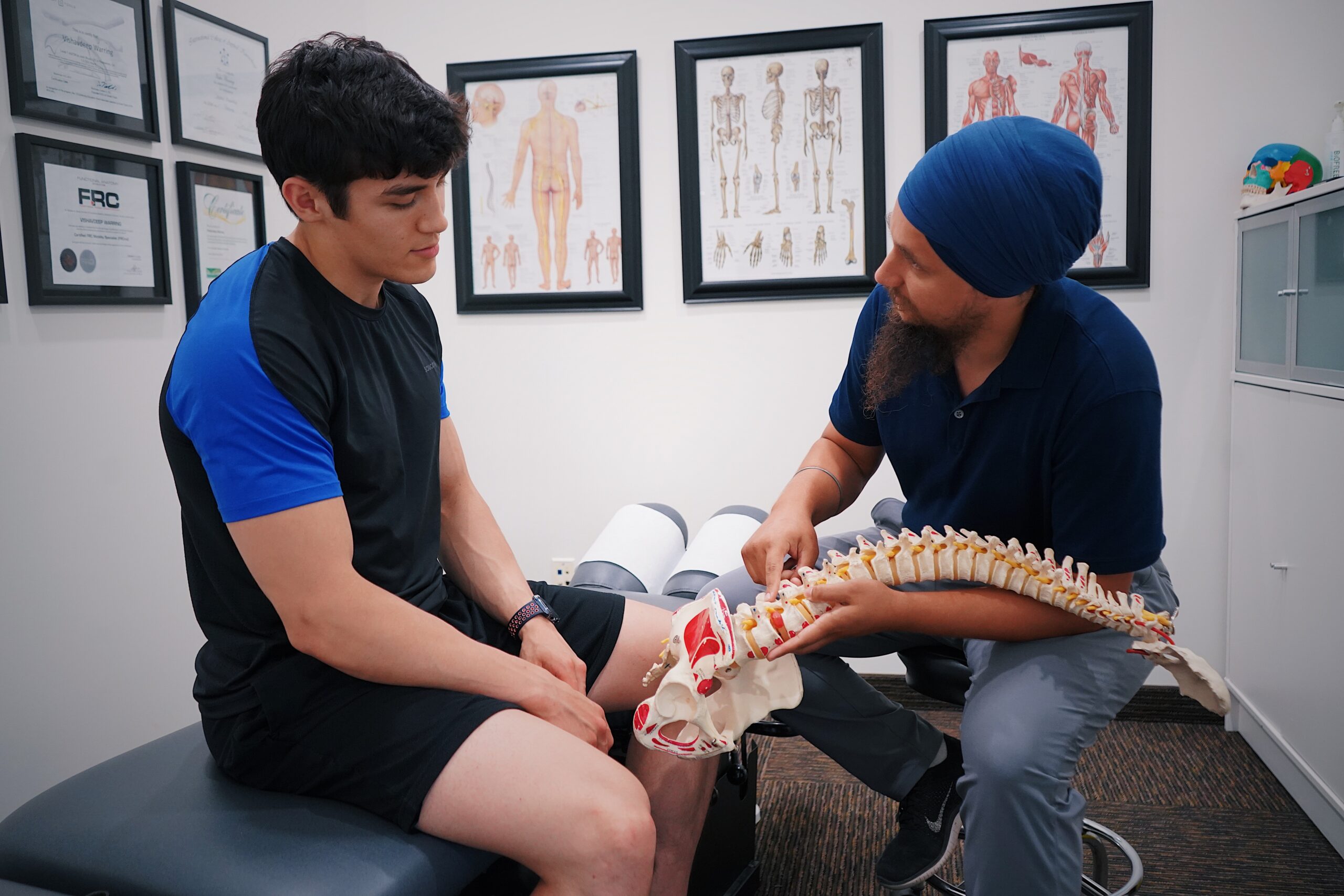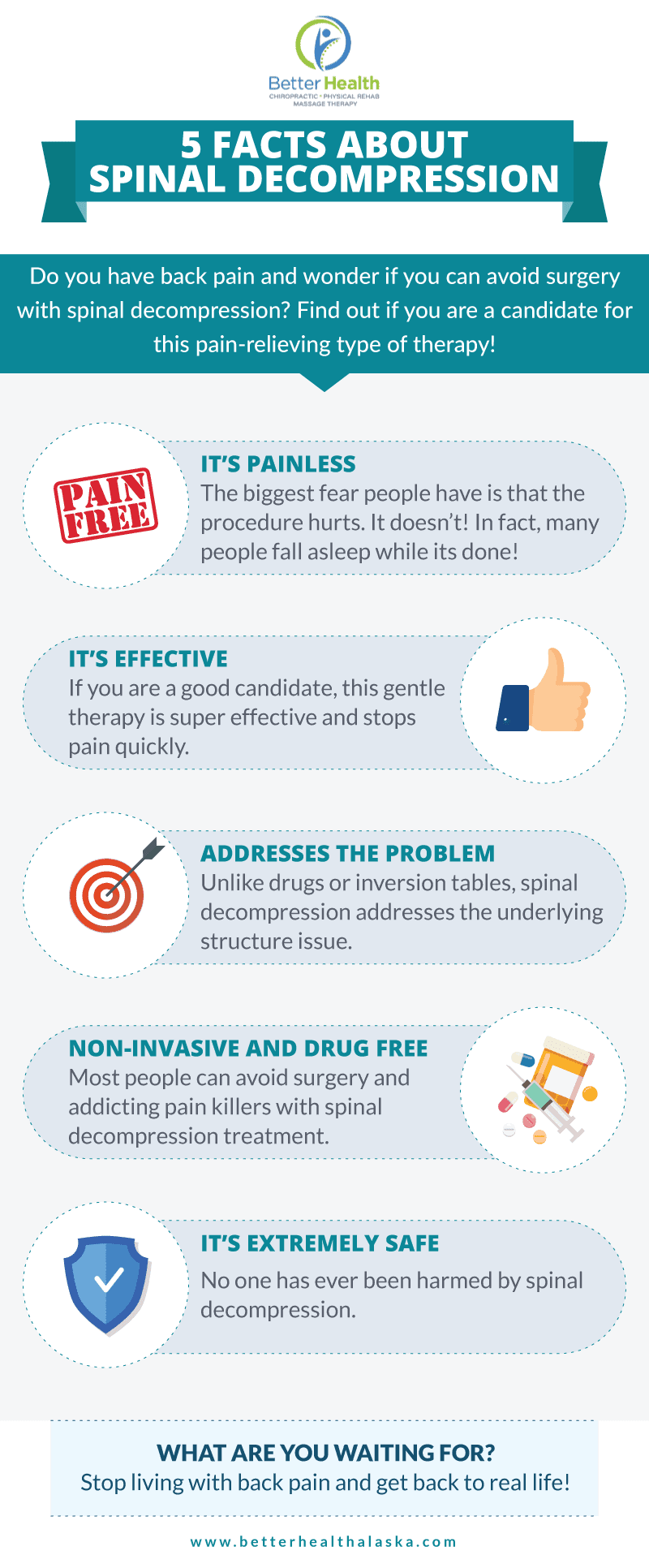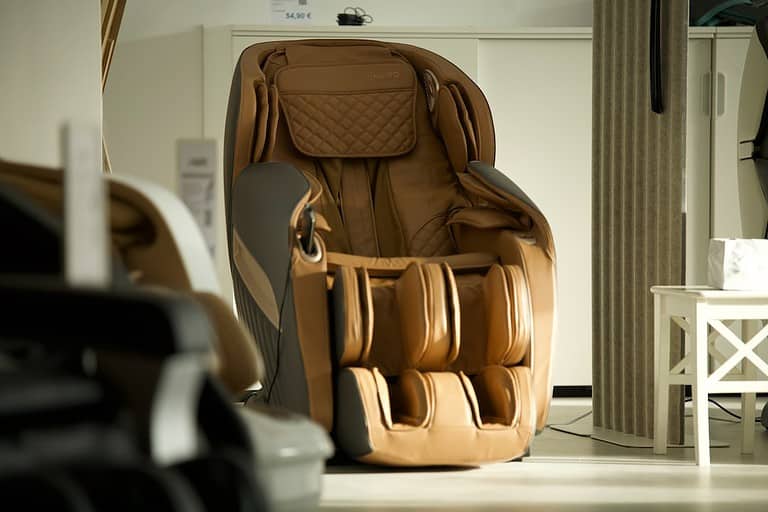What Is Spinal Decompression Therapy: A Guide for Families
Right now, you may be wondering, what is spinal decompression therapy and how does it work? Spinal decompression therapy has been used by medical professionals for decades as an effective way to treat chronic pain caused by disc-related issues such as bulging or herniated discs, degenerative disc disease, sciatica, and other conditions that cause discomfort in the neck or lower back pain.
In this blog post, we will explore what is spinal decompression therapy, how it works, and where you can find a professional offering these treatments so that you can make an informed decision on whether or not this type of care is suitable for your individual circumstances.
Table of Contents
What is Spinal Decompression Therapy?
Spinal decompression therapy is a type of traction that uses motorized equipment to apply gentle force on the spine in order to create negative pressure between vertebrae. This reduces compression on spinal discs, allowing them to move more freely, and helps relieve pain associated with disc problems such as herniated or bulging discs.
(Source)
Who Can Benefit from Spinal Decompression Therapy?
Conditions That May Benefit from Spinal Decompression Therapy
Spinal decompression works for those suffering from herniated discs, degenerative disc disease, sciatica, facet syndrome, spinal stenosis, and more. It can be one of the alternative treatment options for those who are not candidates for surgery due to age or health conditions.
In some cases it has been found effective in reducing symptoms associated with these conditions such as numbness and tingling in arms and legs; radiating pain down one leg; muscle spasms; lower back pain; neck pain; headaches originating at the base of the skull; shoulder blade tenderness/pain; arm weakness/numbness/tingling sensations etc
Who Should Not Receive Spinal Decompression Therapy?
Patients with certain medical conditions should avoid spinal decompression therapy programs including osteoporosis (weak bones), cancerous tumors near the spine, severe obesity (BMI over 40), pregnant women, patients with recent fractures or dislocations around their vertebrae, any type of infection near their spine area. Additionally, anyone using a pacemaker should not receive this form of treatment because it could interfere with its functioning.
How To Know If You Are A Good Candidate For Spinal Decompression Therapy?
Your doctor will assess your condition through physical examination, review your medical history, and imaging tests such as X-rays and MRI scans if needed. After evaluating all factors, they will recommend if you are a suitable candidate for this form of treatment and how many sessions would be necessary depending on the severity and duration of your condition.
How Does Spinal Decompression Therapy Work?
During spinal decompression sessions, you may experience mild discomfort as the machine stretches your spine but should not feel any pain. You may also hear clicking noises from the machine as it moves along its track. After each session, most people report feeling relief from their symptoms such as decreased back pain or improved mobility within 24 hours after treatment has been completed.
Potential side effects and risks associated with spinal decompression treatment options are rare, however, some people have reported experiencing headaches or nausea after undergoing spinal decompression sessions due to increased blood flow in certain areas of their body during sessions.
Where Can I Find a Professional for My Spinal Decompression Treatment?
Start by asking your primary care physician or any other medical professionals you may know if they can recommend someone who specializes in this type of treatment. You can also search online and read reviews from past patients. It is important to make sure the professional you choose has experience with this type of therapy and that they are certified in their field.
Conclusion
Learning what is spinal decompression therapy and how it works can be beneficial to the health and well-being of modern families. While it may not be the right treatment for everyone, those suffering from chronic back or neck pain should consider consulting with their doctor about the potential benefits of spinal decompression therapy.
With this form of physical therapy, the tension in the spine is relieved through gentle stretching, allowing increased blood flow and nutrients to reach compressed discs. Don’t let persistent aches keep you from doing what matters most – take action today with spinal decompression therapy!








